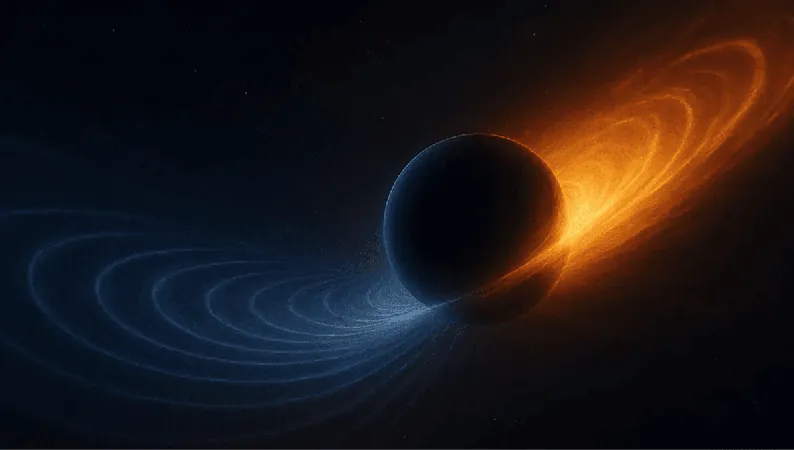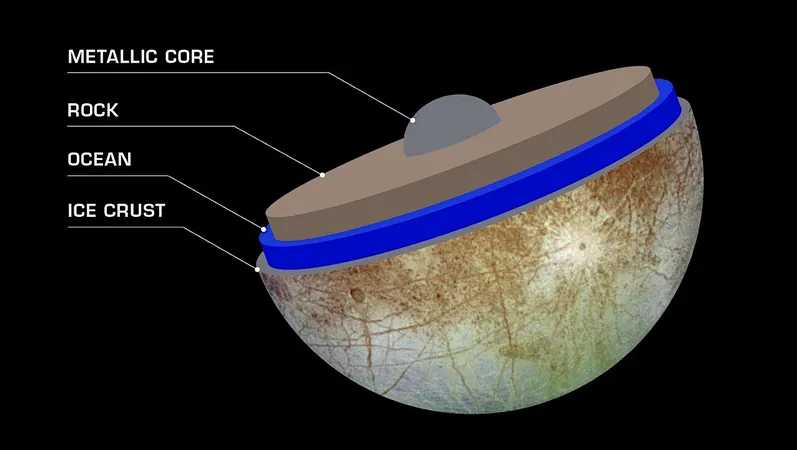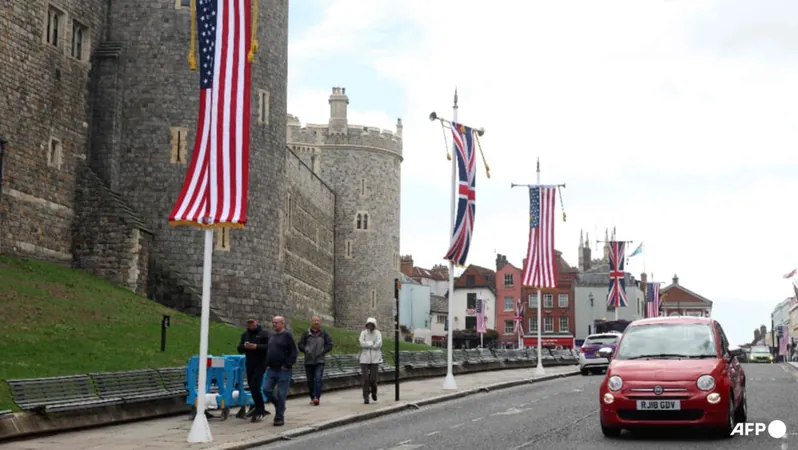
Unveiling the Cosmic Orchestra: First-Ever Sound of Black Hole Collision Captured!
2025-09-16
Author: John Tan
A Cosmic Collision Like No Other
In a groundbreaking astronomical event known as GW190412, scientists have captured the first-ever recording of a black hole pair merging. This stellar smash-up involved a black hole weighing eight times more than our Sun colliding with a colossal black hole 30 times its mass! A staggering 2.4 billion light-years away, this cataclysmic event propelled the newly formed black hole at a jaw-dropping speed of 50 kilometers (31 miles) per second.
Musical Waves from the Cosmos
What's particularly remarkable about this collision is the significant difference in their sizes, which enabled researchers to observe the so-called “high-order modes” of the event. This unique phenomenon confirmed not only the recoil but also the orbital angular momentum and separation of the black holes just seconds before they merged.
Lead author Professor Juan Calderon-Bustillo from the Instituto Galego de Física de Altas Enerxías elaborated, "Black-hole mergers can be understood as a superposition of different signals, like an orchestra playing music. Each observer captures a unique combination, revealing their position relative to the cosmic concert."
A Perfect Harmony in Gravitational Waves
Using an impressive musical analogy, this cosmic orchestra showcased two distinct harmonics with frequencies differing by a factor of 1.5—equating to a perfect fifth! To visualize, if the main frequency resembles a C note on a piano, the overtone would be a higher G, echoing the first two notes of Elvis Presley’s iconic tune, "Can't Help Falling In Love." What a stellar connection!
Reconstructing the Dance of the Universe
Researchers ingeniously recreated the chirp of this event using computer simulations, though it might not match Elvis’s soulful voice! Their innovative methods were instrumental in successfully analyzing the black hole collision's properties, which had remained elusive until this moment.
Dr. Koustav Chandra, a co-author and postdoctoral researcher at Penn State, added, "This is one of the rare instances in astrophysics where we are not just detecting an event; we're reconstructing the entire 3D motion of an object billions of light-years away, solely from ripples in spacetime. It’s a stunning showcase of the potential of gravitational waves!"
A New Era of Discovery
Since the first detection of gravitational waves a decade ago, the evolution in how we study these cosmic ripples has been monumental, with even more thrilling advancements on the horizon. The universe’s symphony is only just beginning to reveal its secrets!




 Brasil (PT)
Brasil (PT)
 Canada (EN)
Canada (EN)
 Chile (ES)
Chile (ES)
 Česko (CS)
Česko (CS)
 대한민국 (KO)
대한민국 (KO)
 España (ES)
España (ES)
 France (FR)
France (FR)
 Hong Kong (EN)
Hong Kong (EN)
 Italia (IT)
Italia (IT)
 日本 (JA)
日本 (JA)
 Magyarország (HU)
Magyarország (HU)
 Norge (NO)
Norge (NO)
 Polska (PL)
Polska (PL)
 Schweiz (DE)
Schweiz (DE)
 Singapore (EN)
Singapore (EN)
 Sverige (SV)
Sverige (SV)
 Suomi (FI)
Suomi (FI)
 Türkiye (TR)
Türkiye (TR)
 الإمارات العربية المتحدة (AR)
الإمارات العربية المتحدة (AR)